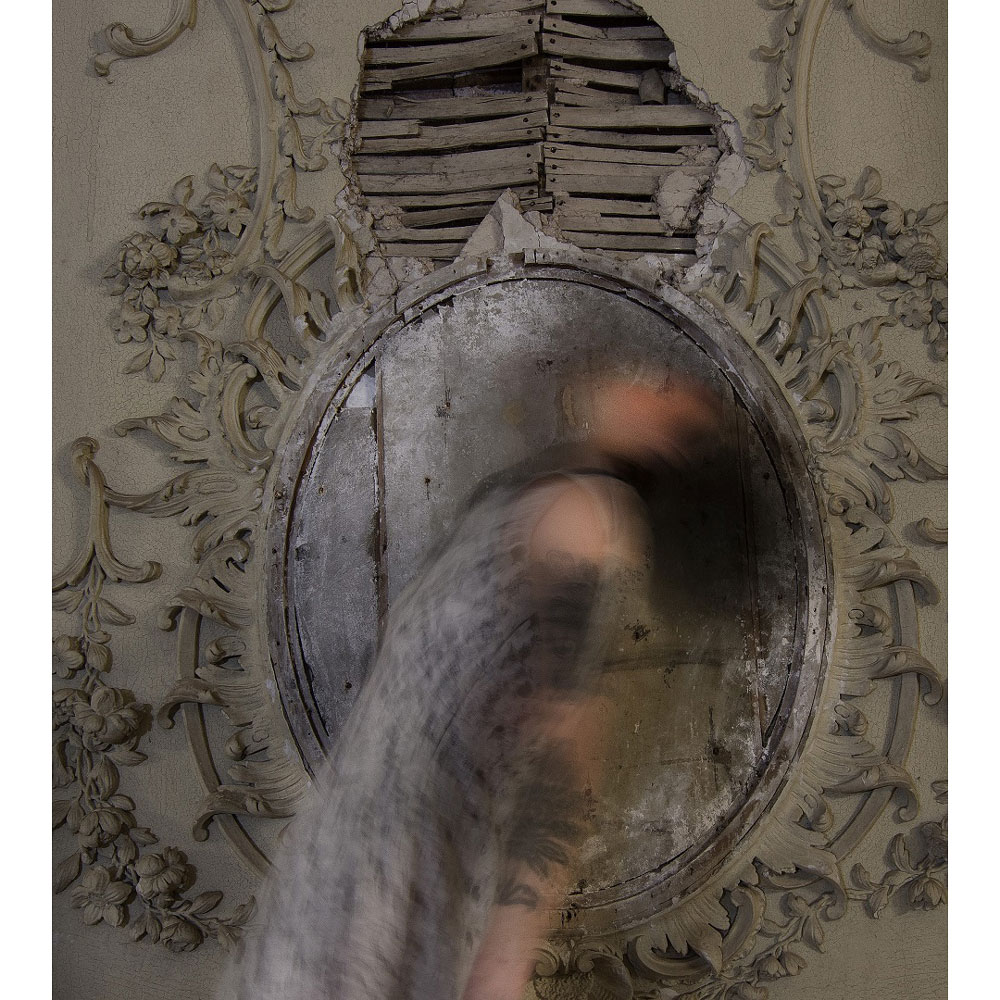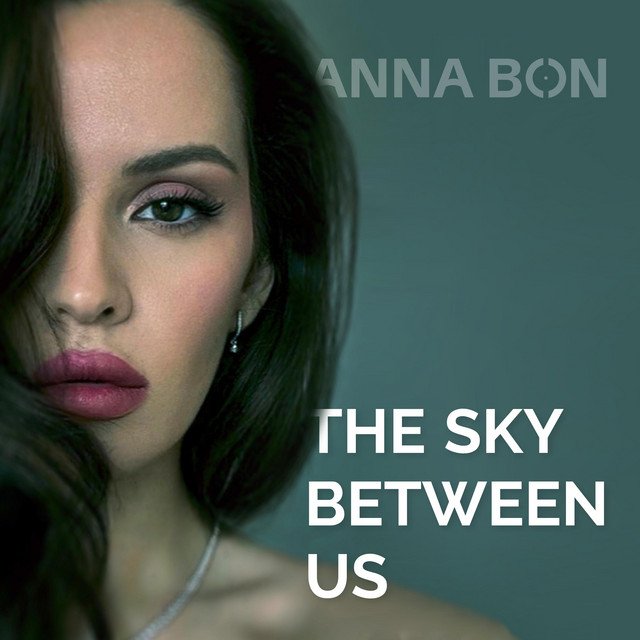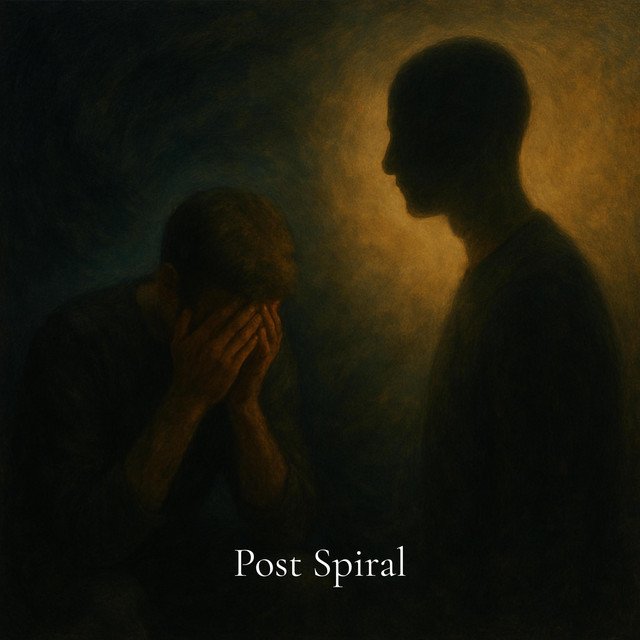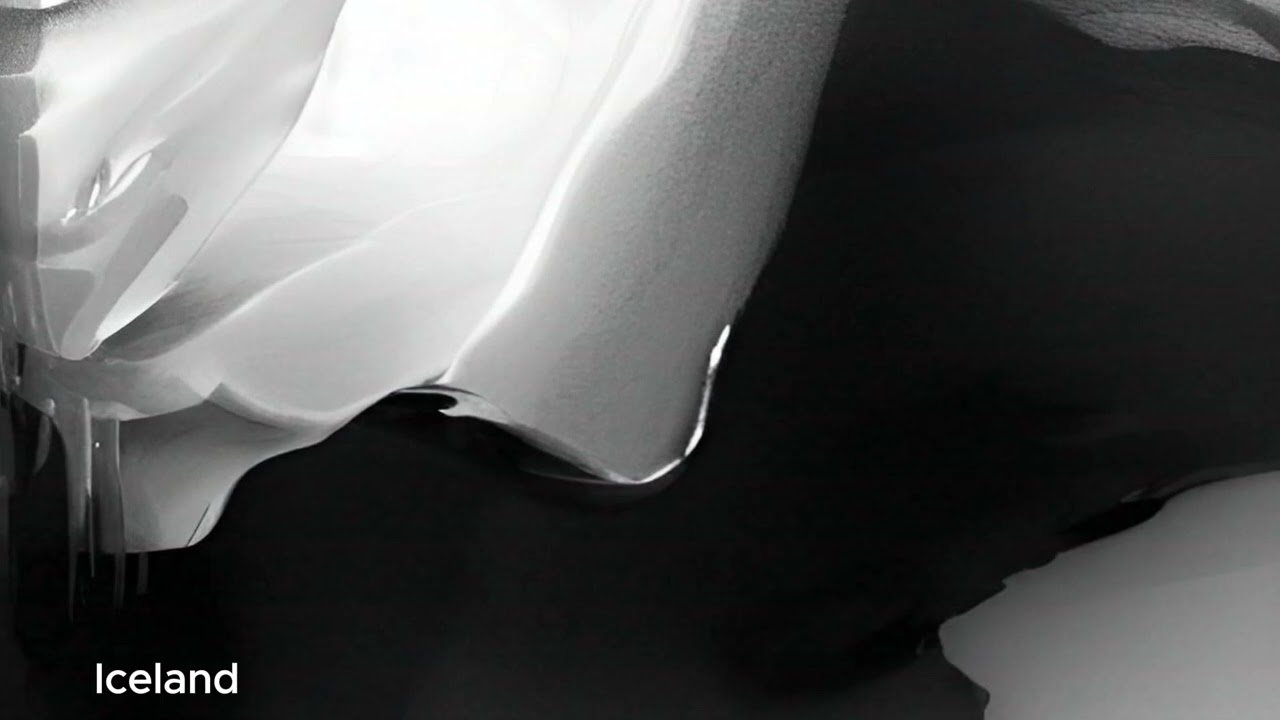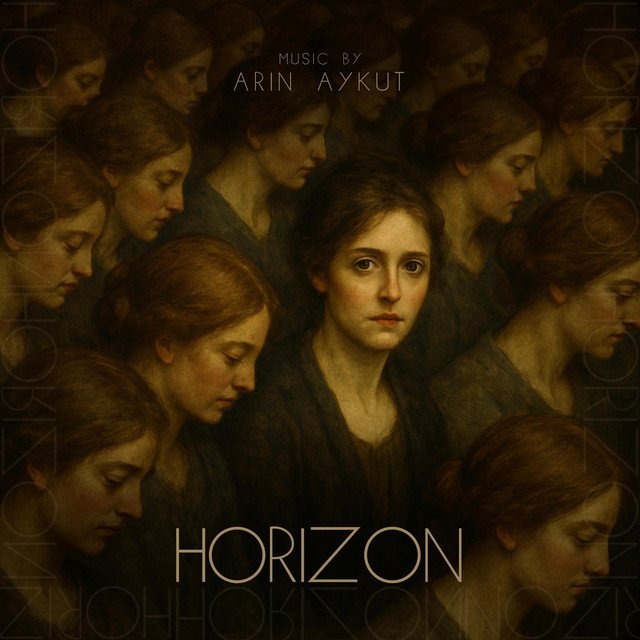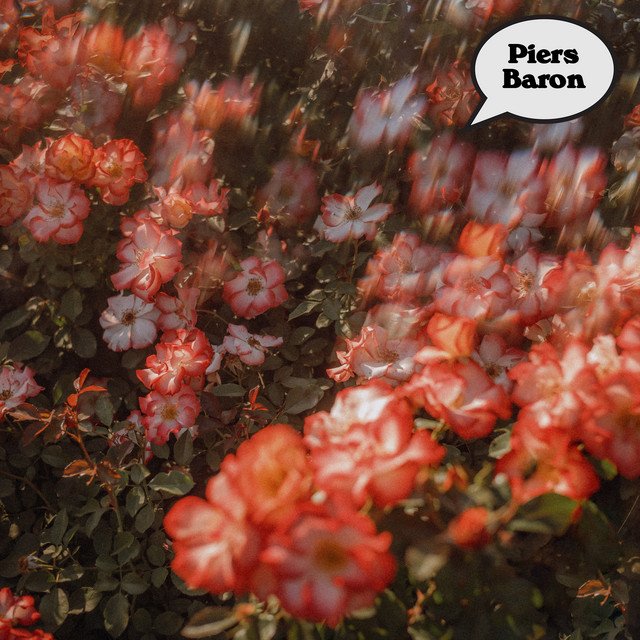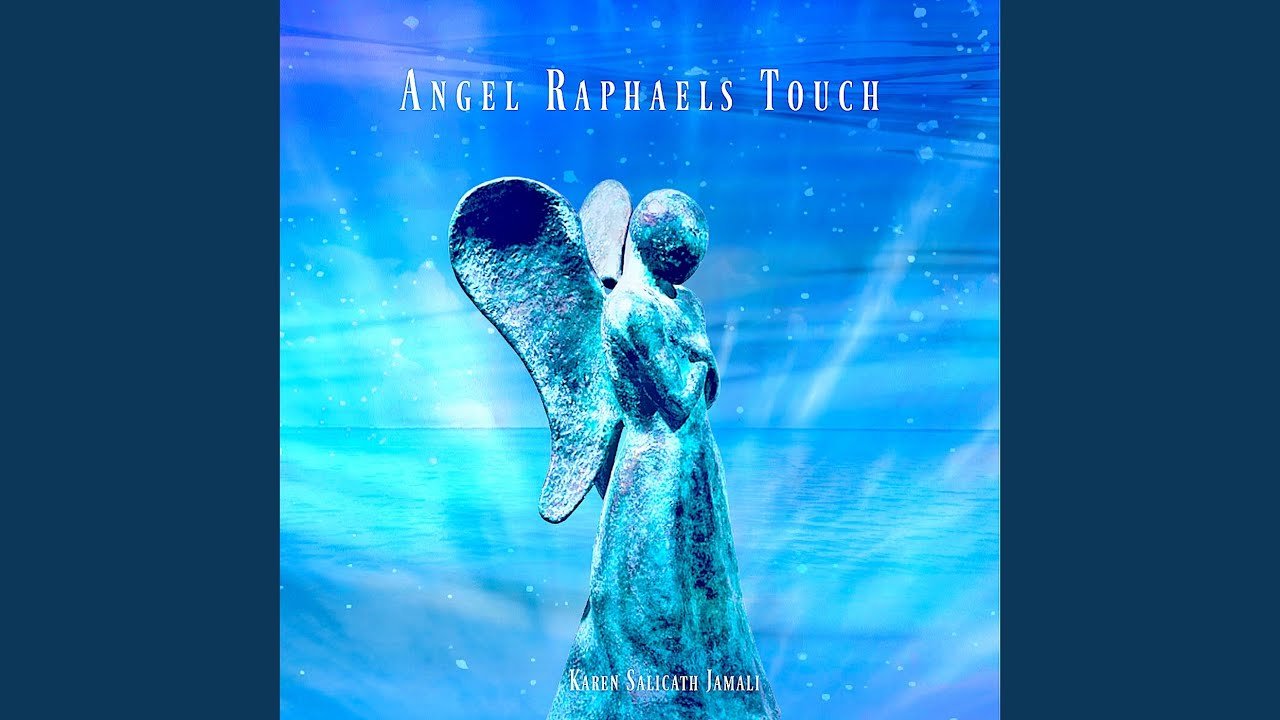Neoclassical Music ⁞ New Releases⁞ Artist Interviews⁞ Music News
Introduction of Neoclassical Music
Neoclassical music is a style of classical music that is characterized by its use of traditional forms and styles, as well as a focus on structure and balance. It is often seen as a reaction against the romantic style of music, which was characterized by emotion and passion, and was influenced by the ideas of the Enlightenment, which valued reason and classical learning.
Some of the key features of neoclassical music include the use of traditional forms such as sonata form, the use of clear and concise melodies, and the incorporation of elements of folk music and popular music. Neoclassical music also often featured a return to tonality, which is the use of a specific key or tonal center in a piece of music.
The neoclassical style has had a lasting influence on classical music, and it continues to be an important part of the classical repertoire
Favorite Neoclassical Music on Spotify
Favorite Neoclassical Videos on Youtube
Recent Neoclassical Interviews
Federico Ferrandina Interview on Nagamag
Federico Ferrandina
Interview
Nagamag:
Which are the genres that describe your music style better?
Federico Ferrandina:
Neoclassical, Electronic, Experimental. I call my own genre Hyperclassical, which is a blend of classical tradition, XXth century music and contemporary sound design elements and techniques
Nagamag:
Few words about your musical background and career?
Federico Ferrandina:
I was born in a family of classical musicians, that heritage seemed destined to pair my hunger for diverse musical galaxies with non-musical disciplines like literature, modern dance and sociology. This wide constellation shaped my unique and yet multi-layered grammar of sound, where classical instruments are surrounded by a contemporary arsenal of synthesizers, drones and drum machines with the light touch of contrapuntal writing and tridimensional harmonies. I teamed up with artists of all kinds (world music stars Yasmin Levy and Omar Faruk Tekbilek, pop artist Michele Bravi, rock collective Playing For Change, jazz big bands, Grammy winner producers, choreographers and filmmakers). My production gained attention in the entertainment industry, and many of my works are currently part of some of the major movies and tv shows soundtracks, such as the multi-Oscar winner Dallas Buyers Club or renown tv show The Big Bang Theory.
Nagamag:
Do you remember your first connection of love to music that was the right impact to be a music artist now?
Federico Ferrandina:
Even if I was already able to play some piano music, when I was 10 years old I listened for the first time to Yesterday by the Beatles, and that was the deepest feeling I ever experienced in my life, it really touched me. That’s when I understood how a musical emotion could change you.
Nagamag:
What are you currently working on?
Federico Ferrandina:
Some film music: an American mystery/fantasy drama and a Canadian animation movie. I’m also preparing some music for 2023 to complete my Hypermetropia project, Defence will be part of an album with that title.
Nagamag:
Many artists listen to genres that they are not producing music for. Which track is your favorite that is NOT similar to yours?
Federico Ferrandina:
070 Shake Body
Nagamag:
Of Course Nagamag would love to listen also which is the track from a similar artist you admire?
Federico Ferrandina:
Deru The Way Through The Forest
Discover & Listen to Federico Ferrandina
Federico Ferrandina on Spotify
Federico Ferrandina’s Signature Track
Federico Ferrandina on Social Media
Facebook: @federicoferrandinamusic – facebook.com/federicoferrandinamusic
Instagram: @federicoferrandina – instagram.com/federicoferrandina
Federico Ferrandina’s Website: https://www.federicoferrandina.com/
Gifts From Crows Interview on Nagamag
.
Nagamag:
Which are the genres that describe your music style better?
Gifts From Crows:
I like to think of my music as classical music for a post-rock audience. Neoclassical is probably the best genre though as it includes a lot of artists, like me, that use classical instrumentation but are not quite classical in the true sense of the word. Neoclassical is a broad church and easily encompasses artists that weave electronics in with the more traditional orchestral instruments.
Nagamag:
Few words about your musical background and career?
Gifts From Crows:
Since I was a teenager I have been passionate about composing and performing music and have been involved in many post-rock / electronic bands and studio projects. Whilst I played guitar and synth during those years, my first love was always the piano and Gifts From Crows really feels like coming home.
Writing orchestral arrangements is a relatively new undertaking for me but one that feels very natural and intuitive. Hearing my music performed by the Northern Film Orchestra for the first time was an incredible experience and I have carried the learnings from that into the new album, 'Stories in Slow Light' which features a lot of live performance mixed in with the samples and the piano.
Nagamag:
Do you remember your first connection of love to music that was the right impact to be a music artist now?
Gifts From Crows:
I grew up near and went to school in Macclesfield in the north of England - home to one of the greatest bands of the post-punk era - Joy Division. I can still remember taking home their album, 'Closer' and playing it for the first time. I had shivers running down my spine listening to that music and it still affects me the same way today. That was when I truly understood how powerful music could be and also when I realised that I wanted to try and produce something that gave other people the same feeling. Whilst you never feel that you even get close to those levels, there is always the hope that the next piece of music will be transformational.
Nagamag:
What was the inspiration for the new album, Stories in Slow Light
Gifts From Crows:
Each piece was inspired by a different photograph by artist Helena Whitten. I found that by sitting at the piano with one of Helena’s photos placed where the sheet music would normally rest, I could literally write music to accompany the scene in front of me, as if the score were hidden inside the image.
I find Helena’s photos incredibly emotive. They are simultaneously timeless but also contemporary and speak to so many of the challenges that humanity is facing today – the fragility of the planet, the transience of life, loneliness and mental health. It is all there and these are also the themes that I explore in my music.
Nagamag:
How did the video for The Empty Mirror come about?
Gifts From Crows:
The song was inspired by a photograph taken by Helena Whitten at Poltimore House in Devon which depicts a solitary figure in front of an oval frame where a mirror used to be.
The track evokes the memory of our ancestors and imagines all the living souls who have passed in front of the now long gone mirror. The protagonist appears to be channelling these spirits out of the ancient walls of the house, at times contorted by the energy flowing through her and then flowing with serenity.
The video for was shot on location at Poltimore House but this time dancer and choreographer Kristine Berget reprises Helena’s role from the photograph and we follow her as she moves around the rooms and hallways of the crumbling mansion.
We worked with Kristine before on the video for 'Without Beauty' and so I knew her choreography was good but her performance on The Empty Mirror was extraordinary and the film directed by Corey Rid really brings the whole work to life.
Nagamag:
Many artists listen to genres that they are not producing music for. Which track is your favorite that is NOT similar to yours?
Gifts From Crows:
Joy Division "Love Will Tear Us Apart"
Nagamag:
Of Course Nagamag would love to listen also which is the track from a similar artist you admire?
Gifts From Crows:
Wim Mertens "Struggle For Pleasure"
Neoclassical Features
Feature Review: Edward Cross – Feeling’s Mutual | An essential Neoclassical Song
Music Review:
“Η γοητεία την αθωότητας μένει ανεξίτηλη στο χρόνο. Η υπέροχη αυτή μελωδία ξυπνά όλα αυτά τα συναισθήματα της νιότης μας και μοιάζει η ευτυχία να βρίσκεται μέσα σε αυτή. Περικλείει μια ολόκληρη εποχή και δεν θα μπορούσε να ηχήσει στα αφτιά μας καλύτερα από αυτήν. Η σταδιακή αύξηση της έντασης του ρυθμού κάνει το μουσικό μας ταξίδι ακόμα πιο μαγικό και αξέχαστο.”
-Nagamag.com
Feature Review: Karen Salicath – The LIght of Angel Seraphiel | An essential Neoclassical Song
Music Review:
“Ένας αέρας ελευθερίας πνέει μέσα μου καθώς οι νότες του πιάνου ξετυλίγουν το κουβάρι της ιστορίας τους. Η εκπληκτική, ρομαντική μελωδία γεμίζει με χρώματα τον ορίζοντα και νιώθω τόσο ανάλαφρα μέσα μου. Οι επιδέξιες εναλλαγές της με συγκινούν και βγάζουν προς τα έξω όλα τα καλά μου συναισθήματα. Ο ήρεμος ρυθμός διώχνει μακριά την μελαγχολία και η αισιοδοξία επιστρέφει.”
-Nagamag.com
Latest Neoclassical discoveries
Critique: “The sky between us” by Anna Bon | Neoclassical Review
Μέσα από τις υπέροχες μελαγχολικές νότες του βιολιού η θλίψη μου βρίσκει συντροφιά και συνοδεύει πιστά τα βήματα μου. Η εκπλη... >>> Read full review & listen to the song on Nagamag #cinematic #nagamag #musicmagazine #musicreview #review
Review: Piano Pulse – Post Spiral | A Neoclassical Discovery
Οι απαλές και εκλεπτυσμένες νότες του πιάνου σαν πρωινές δροσοσταλίδες μας μεταφέρουν σε ένα όμορφο και μαγικό τοπίο. Με το λ... >>> Read full review & listen to the song on Nagamag #neo #modernclassical #solopiano #pianopulse #unitedstates #nagamag #musicmagazine #musicreview #review
Release Review: Nicolas Le Minh – Iceland | Neoclassical
Μέσα από τις νότες του πιάνου νιώθω μια απέραντη ελευθερία και η υπέροχη μελωδία μέσα από τη θλίψη της και το πάθος της ανοί... >>> Read full review & listen to the song on Nagamag #cinematic #nagamag #musicmagazine #musicreview #review
Music Review: Tryfon Koutsourelis – C’est beau | Neoclassical Release
Οι γλυκές νότες του πιάνου ζεσταίνουν την ψυχή σου και ένα νοσταλγικό ταξίδι ξεκινά. Η μελωδία σαν ένας ολάνθιστος κήπος σου ... >>> Read full review & listen to the song on Nagamag #cinematic #epicmusic #tryfonkoutsourelis #unitedkingdom #nagamag #musicmagazine #musicreview #review
Review: Arın Aykut – Horizon | A Neoclassical Discovery
Η μελωδία με τον απίστευτα επιβλητικό της χαρακτήρα μας συναρπάζει και οι νότες του βιολιού δίνουν τόση δύναμη μέσα μας. Ο ρυ... >>> Read full review & listen to the song on Nagamag #cinematic #epicmusic #arınaykut #turkey #nagamag #musicmagazine #musicreview #review
Music Review: PIERS BARON – Beneath Our Regal Moon | Neoclassical Release
Η ηρεμία και η μεγαλοπρέπεια της μελωδίας σε πηγαίνει ένα όμορφο ταξίδι πίσω στο χρόνο όπου όλα είναι πιο αθώα και γαλήνια. Η... >>> Read full review & listen to the song on Nagamag #neo #modernclassical #cinematic #epicmusic #classicalstrings #piersbaron #unitedkingdom #nagamag #musicmagazine #musicreview #review
Single Review: Karen Salicath – Angel Raphaels Touch | Review
Mesmerizing and melancholic mood that keeps gaining momentum as this piece progresses. With every piano note and the themes, ... >>> Read full review & listen to the song on Nagamag #piano #nagamag #musicmagazine #musicreview #review
Feature Review: Edward Cross – Feeling’s Mutual | An essential Neoclassical Song
Η γοητεία την αθωότητας μένει ανεξίτηλη στο χρόνο. Η υπέροχη αυτή μελωδία ξυπνά όλα αυτά τα συναισθήματα της νιότης μας και μ... >>> Read full review & listen to the song on Nagamag #piano #nagamag #musicmagazine #musicreview #review
Release Review: Jonas Elliot Bedsted – Copenhagen | Neoclassical
Οι υπέροχες νότες του πιάνου μελωδικές και ανήσυχες μέσα από μια εκκωφαντική ησυχία εισχωρούν στην ψυχή μας και συναντιούνται... >>> Read full review & listen to the song on Nagamag #neo #modernclassical #jonaselliotbedsted #denmark #nagamag #musicmagazine #musicreview #review
Difference between Classical and Neoclassical Music
Classical music refers to a broad range of music written in the classical tradition, which encompasses a wide range of styles and forms. It is generally characterized by its formal structure and its use of traditional instruments and ensemble configurations.
Neoclassicism is a style of music that refers to the revival and use of classical forms and styles in music, particularly in the 18th and early 19th centuries. It is characterized by its use of clear, concise forms and a focus on structure and balance. Neoclassicism was a reaction against the romantic style of music, which was characterized by emotion and passion, and was influenced by the ideas of the Enlightenment, which valued reason and classical learning.
Some of the key differences between classical and neoclassical music include:
Time period: Classical music refers to music written during the classical period (1730-1820), while neoclassicism refers to music written after the classical period that incorporates elements of classical forms and styles.
Emphasis on structure: Classical music is known for its formal structure and the use of traditional forms such as the sonata and the symphony. Neoclassical music also places a strong emphasis on structure, but may also incorporate elements of popular music and folk music.
Emphasis on emotion: Classical music is often more reserved and formal in its emotional expression, while neoclassicism tends to be more emotional and expressive.
Use of tonality: Both classical and neoclassical music use tonality, but neoclassicism often incorporates a wider range of tonal structures and may experiment with atonality.
Use of traditional instruments: Both classical and neoclassical music use traditional classical instruments such as strings, woodwinds, brass, and percussion. However, neoclassicism may also incorporate elements of popular music and folk music, and may use a wider range of instruments.
Overall, the main difference between classical and neoclassical music is the time period in which the music was written, and the specific techniques and styles used by the composer. Classical music is generally more formal and reserved in its expression, while neoclassicism tends to be more expressive and may incorporate elements of popular music and folk music.
The most used instruments in Neoclassical Music
In neoclassical music, the most common instruments used are those found in the classical orchestra, including:
Strings: Violin, viola, cello, double bass
Woodwinds: Flute, oboe, clarinet, bassoon
Brass: Trumpet, French horn, trombone, tuba
Percussion: Timpani, snare drum, bass drum, cymbals, xylophone, marimba, triangle
Keyboard: Piano, harpsichord
These instruments are often used to create a wide range of textures and sounds, and are featured in many different types of classical music, including neoclassical music. In addition to these instruments, many composers also incorporate elements of popular music and folk music into their compositions, and may use a variety of other instruments such as guitars, bass, drums, and synthesizers.
It’s also worth noting that many composers and performers of neoclassical music are skilled in a variety of different instruments, and may switch between different instruments in order to achieve the desired sound and texture.
Vocals are sometimes used in neoclassical music, although they are not as common as instrumental music. When vocals are used in neoclassical music, they are typically performed by trained classical singers who have the ability to sing with precise pitch and control.
One common use of vocals in neoclassical music is in operatic compositions, where singers perform arias and recitatives in a style that is similar to traditional opera. Neoclassical opera is a subgenre of classical music that combines elements of traditional opera with elements of neoclassicism, and often incorporates elements of popular music and folk music.
In addition to operatic vocals, vocals may also be used in other forms of neoclassical music, such as choral music or vocal chamber music. Some composers may also incorporate elements of popular music or folk music into their compositions, and may use vocals in a more modern or experimental style.
It’s worth noting that the use of vocals in neoclassical music is highly dependent on the individual composer and the specific piece of music, and not all neoclassical compositions will feature vocals.


